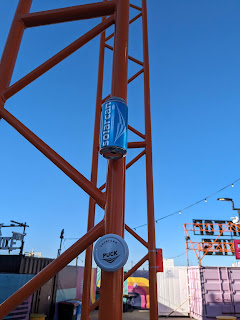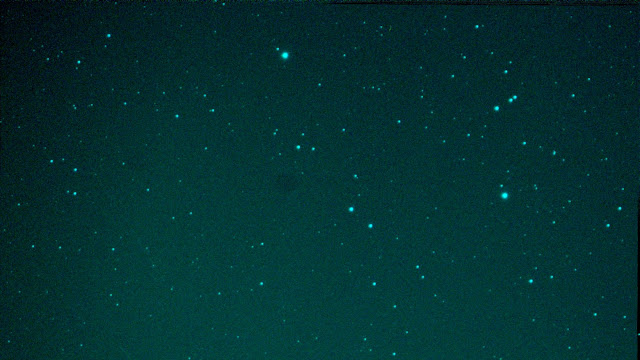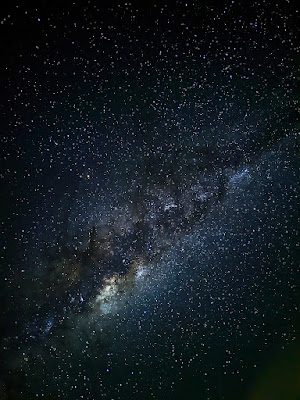Gravity Discovery Centre Observatory Tour

Last night we visited the Gravity Discovery Centre and Observatory in Gingin for one of their Observatory Tour nights. You get a full access ticket to the discovery Centre as a part of the tour ticket, so we made use of that to have a look around at the exhibits. The whole thing is a bit like a very focused SciTech or Powerhouse Museum sort of idea. The GDC at sunset, the Leaning Tower to the right, and the Lecture Dome and Giant Pendulum to the left We also collected the five solargraph cameras that we set up six months ago. Three of these were Solarcan Pucks, and two were home-brew can cameras. One of the Pucks was, alas, full of water, and the film was washed away. One of the can cameras was also heavily water filled, while the other had been partially crushed. The other two Pucks were in perfect condition. Six month solargraph of the giant pendulum, with the Leaning Tower in the background. What was unexpected was that both can cameras had acquired significant populations of tiny







